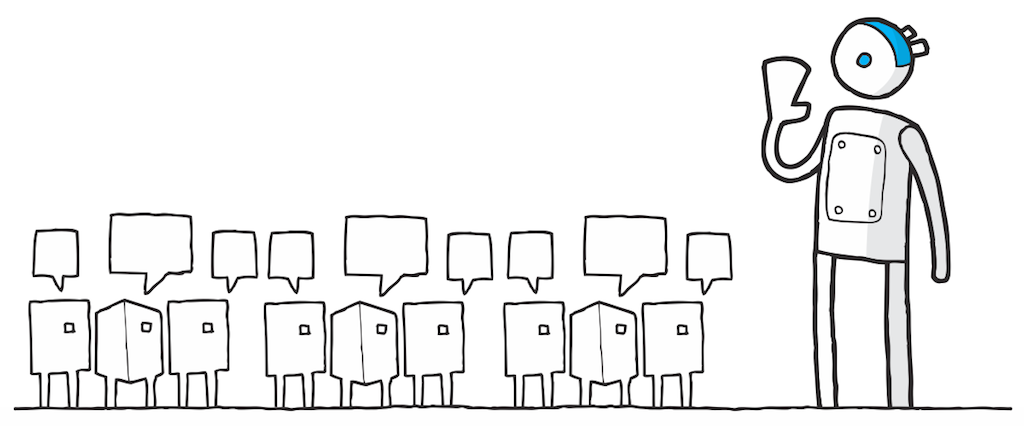Email sent 17:02 BST
The hi:project is officially four days old today. I’m emailing everyone here who has demonstrated some interest in helping make the hi:project happen in the weeks, months and years ahead. You may have registered at our interim website. You may have provided a champions statement. You may have otherwise expressed an interest in being kept abreast. Seventy five in total.
First things first. Thank you. For being the first.
It’s obvious that I think the hi:project ambition is beneficial for society, beneficial for the individual and for the organization. But of course that does not mean it will just happen – that requires a growing cadre of people who really appreciate the potential value here and consider it the best way they can contribute value versus all the other good things happening on the interwebs and beyond.
This will include many people I haven’t met, like Marius Lobontiu, who tweeted: “Just signed up for @hiproj. Equal parts utopian and revolutionary. As it should be. #UX”
Like Mike Hostetler, who clearly shares my passion to see if we can get organizations working much better than they do today, and suspects that this must start with self-awareness, self-knowledge and self-organization.
And like Adriana Lukas of the London Quantified Self Group, who proselytizes self-managed QS, a future in which “expertise is supplied rather than outsourced”, where each of us acquires “agency as sense-maker”.
People like you.
The hi:project celebrates the decentralization enshrined by the original architects of the Internet and the Web. Although it appears that ‘enshrine’ isn’t quite the right word else Sir Tim Berners-Lee wouldn’t be calling for re-decentralization.
The Ethereum project is laying down a foundation to cryptographically guarantee decentralization. It is building off the blockchain, a six-year-old innovation that you might describe as the world’s first architecture for incorruptible decentralized database. And the hi:project plans to build on top of that, lending this decentralized network a human face so to speak.
The hi:project moves the interface away from the machine, the service, the organization, and towards the individual. Why wouldn’t you? If it’s not about the human, what is it about?! And we believe the so-called ‘challenger brand’ at least will want to secure every competitive advantage it can – by doing the right thing and doing things better than its competition by working with us to facilitate the human interface between it and the people that matter to its success. And where advantage is demonstrated, others must follow suit or suffer disadvantage.
Now that the logic is laid out, I might have believed in my younger years that it would just happen, right?
Not quite, for significant effort is required, and significant effort demands significant motivation. Fortunately, the hi:project can walk the talk, decentralizing its operation and the value we will derive as much as the value we will contribute. We may be developing free software, but as Richard Stallman so memorably puts it, “you should think of free as in free speech, not as in free beer.”
Please take a look at the hi:project FAQs (specifically “Is this a for-profit or non-profit?”) for more information about how we intend to ensure the value to members of the hi:project goes beyond that intrinsic to altruistic endeavor. I’m conscious that we need to strike the right balance here… the hi:project absolutely needs those intent on making the world a better place to drive it forward, yet I don’t see why that should be at odds with deriving monetary value in the long-run; if we get it right.
In line with the hi:project’s draft principles, this communication is posted to the hi:project blog for all to see. Which leads me to the final point on my checklist for this email, member communication.
You will, I hope, forgive the irony that you cannot yet communicate with each other – that obviously needs to be put right asap. When you join the hi:project (please follow the link if you haven’t yet registered this way), you’re interacting with the Buddypress plugin for WordPress. The set-up for Buddypress and bbpress forums needs to be finished asap, and if you’re familiar with this process and can help, please tweet as much to @hiproj.
We’re also configuring things to make sure that email updates you might subscribe to from this community actually get through by complying with anti-spam measures. Then the hi:project can move off my company’s VerticalResponse account!
So please be patient.
No, strike that – please be impatient!
While you’re waiting, please share the hi:project with everyone you think should know about it. The UXers, developers, designers and hackers. The movers and the shakers, the change makers and the quietly brilliant. The thinkers, the bloggers and the journalists. And those working for corporates for which our success would be their success by reshaping their market to their advantage (clue: they likely play in a space with an 8000 pound centralized gorilla disintermediating* relationships).
Here’s to our success.
Thank you.
Philip.
P.S. Watch twitter and the blog for details about the first hi:project meetup, London, 6pm, September 30th.
* Strike through is a correction from the original email.
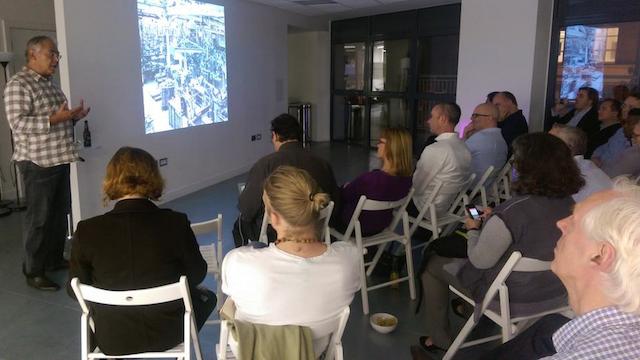

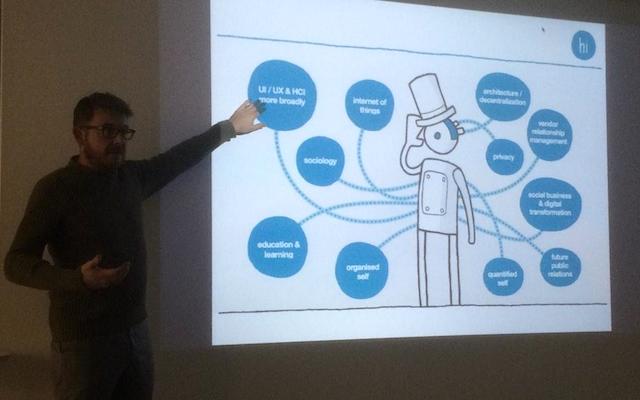
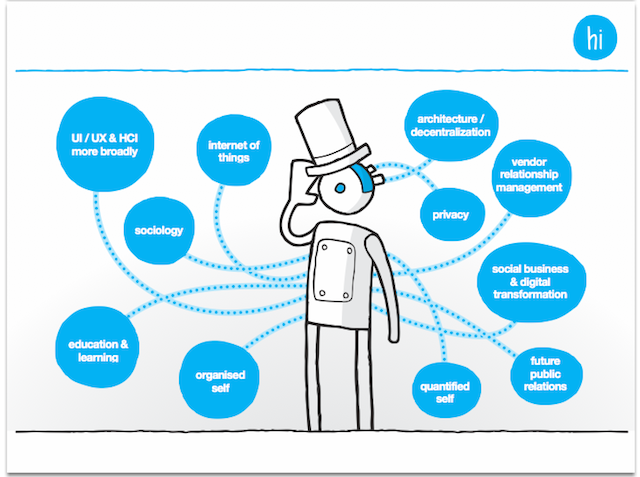
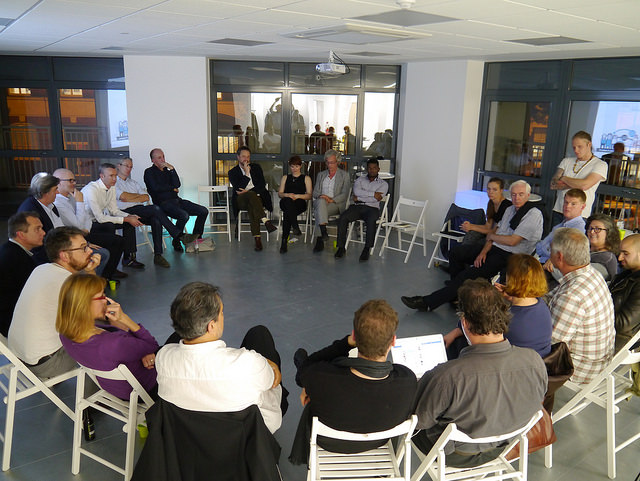
 Wirearchy is an emergent organizing principle that informs the ways that purposeful human activities and the structures in which they are contained are evolving from top-down direction and supervision (hierarchy’s command-and-control) to champion-and-channel … championing ideas and innovation, and channeling time, energy, authority and resources to testing those ideas and the possibilities for innovation carried in those ideas.
Wirearchy is an emergent organizing principle that informs the ways that purposeful human activities and the structures in which they are contained are evolving from top-down direction and supervision (hierarchy’s command-and-control) to champion-and-channel … championing ideas and innovation, and channeling time, energy, authority and resources to testing those ideas and the possibilities for innovation carried in those ideas.
